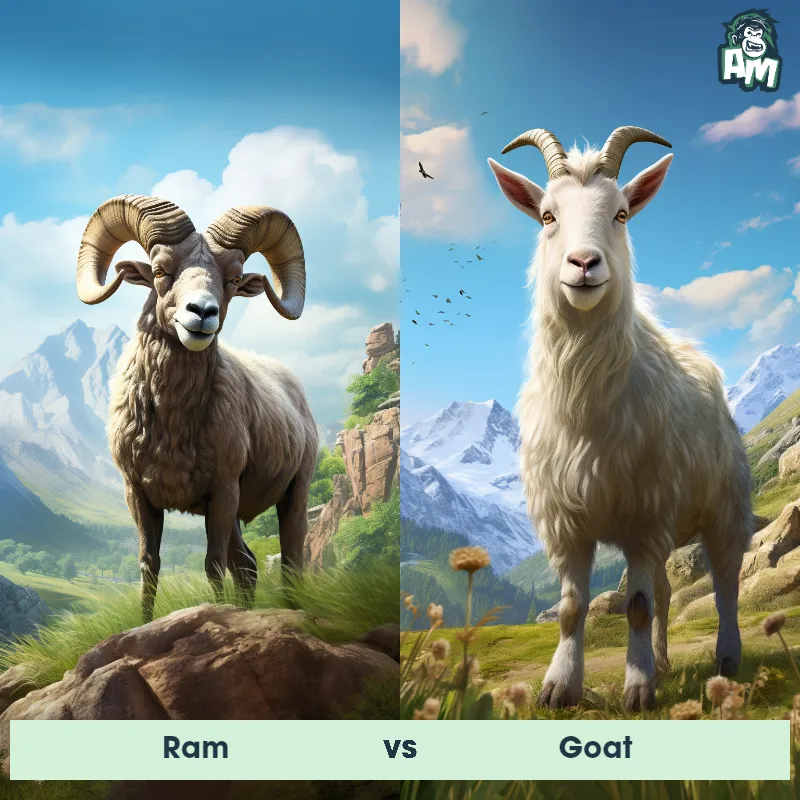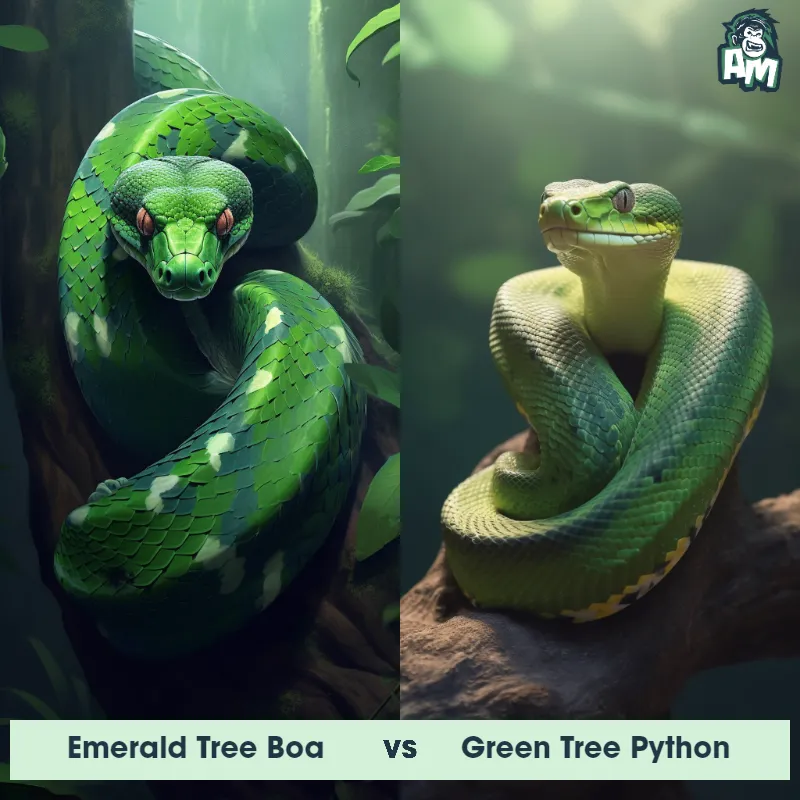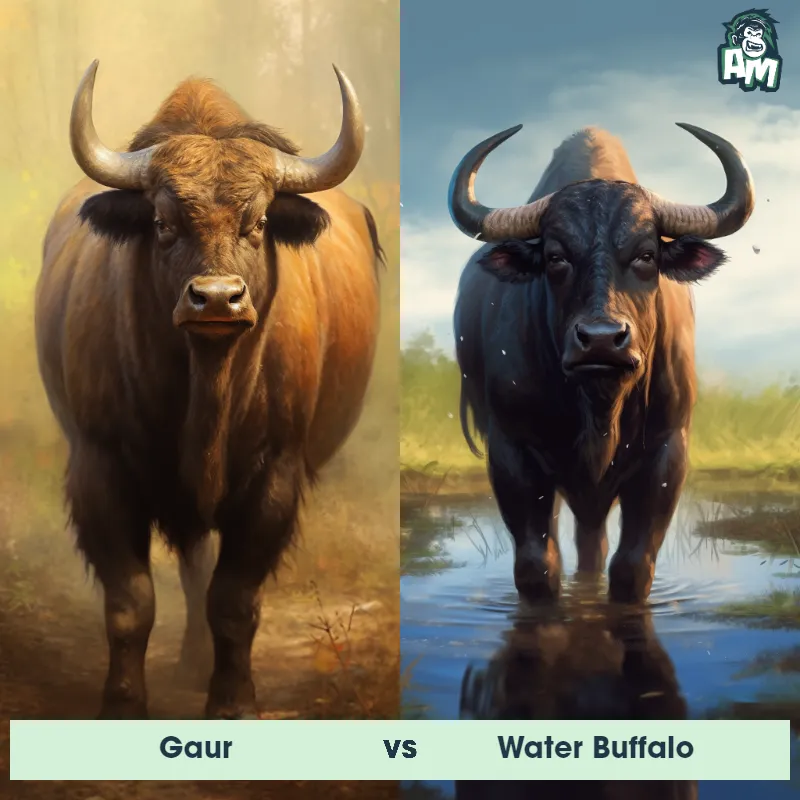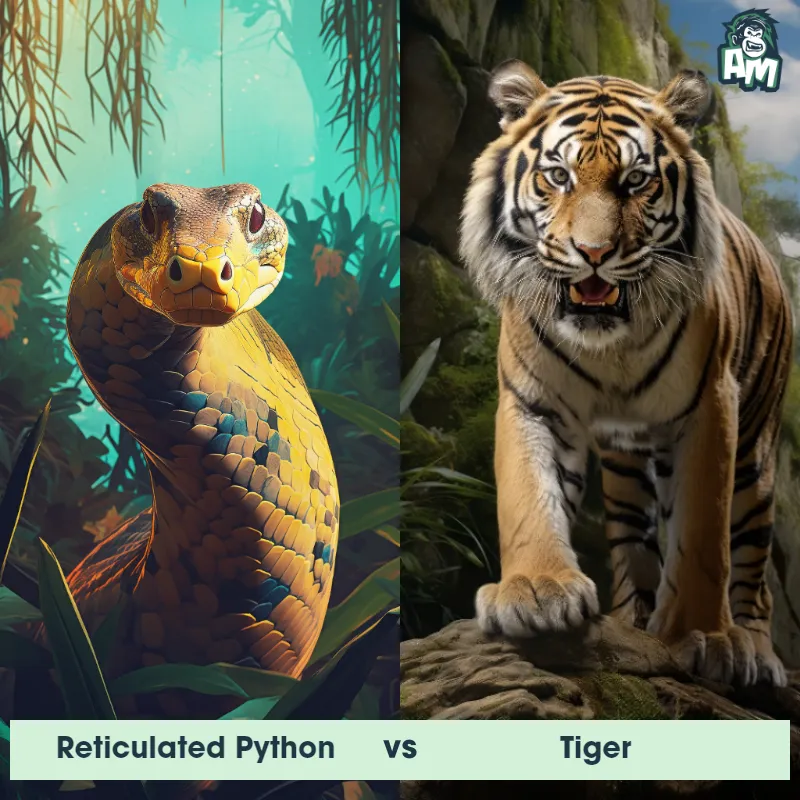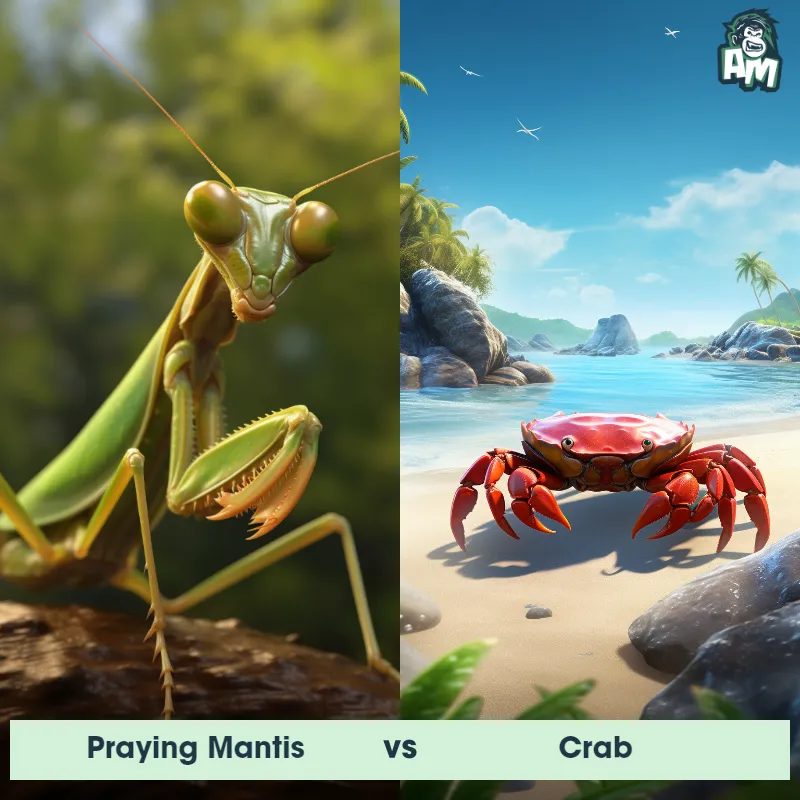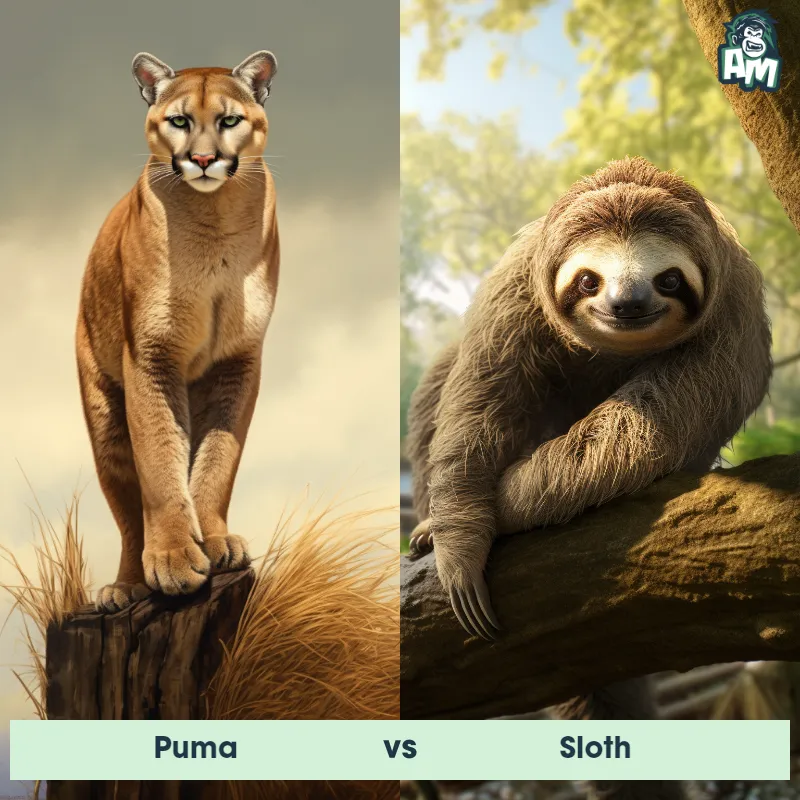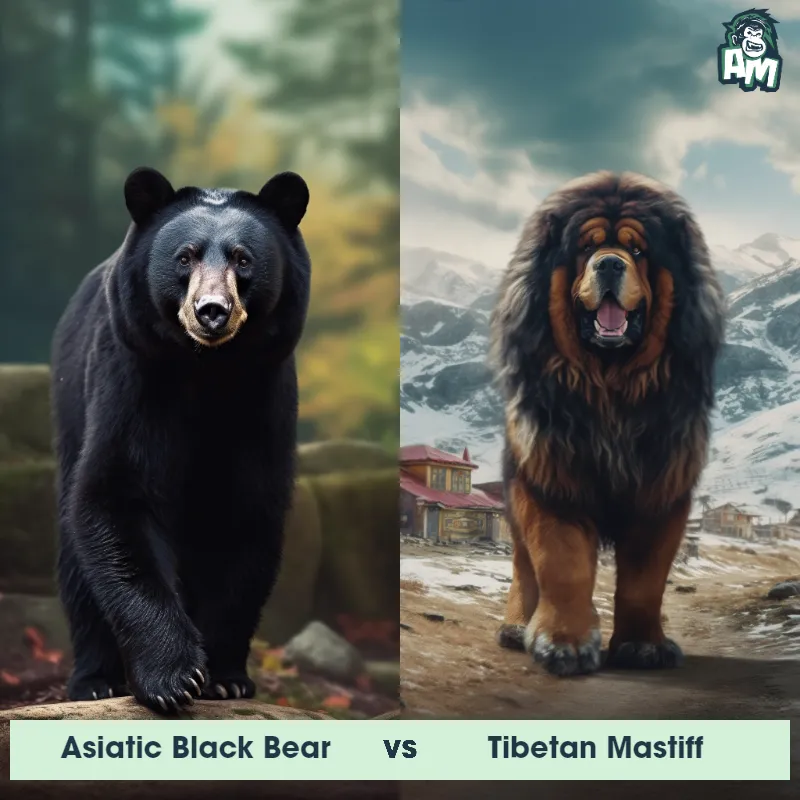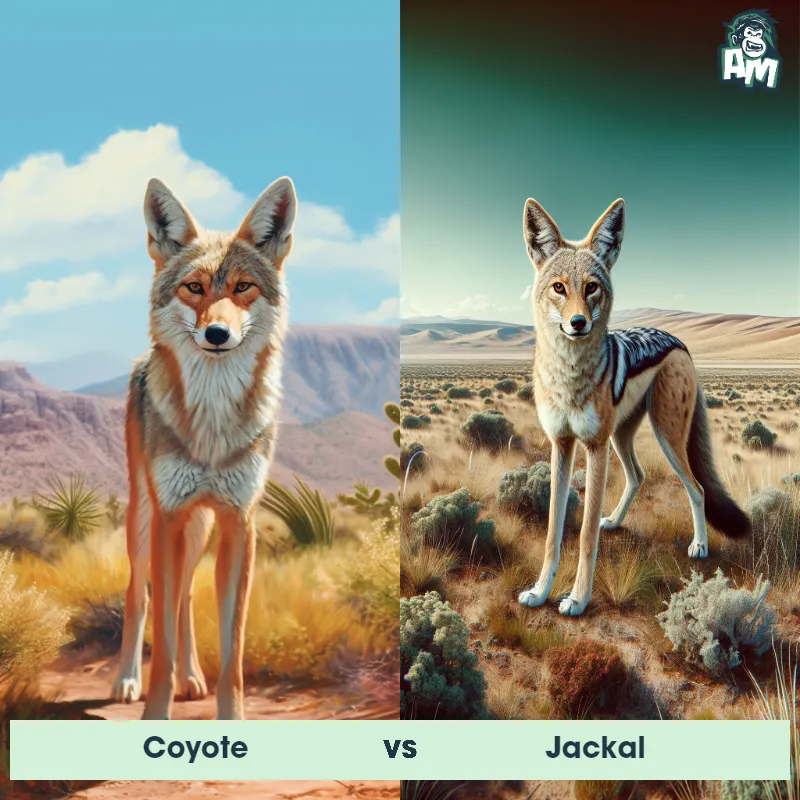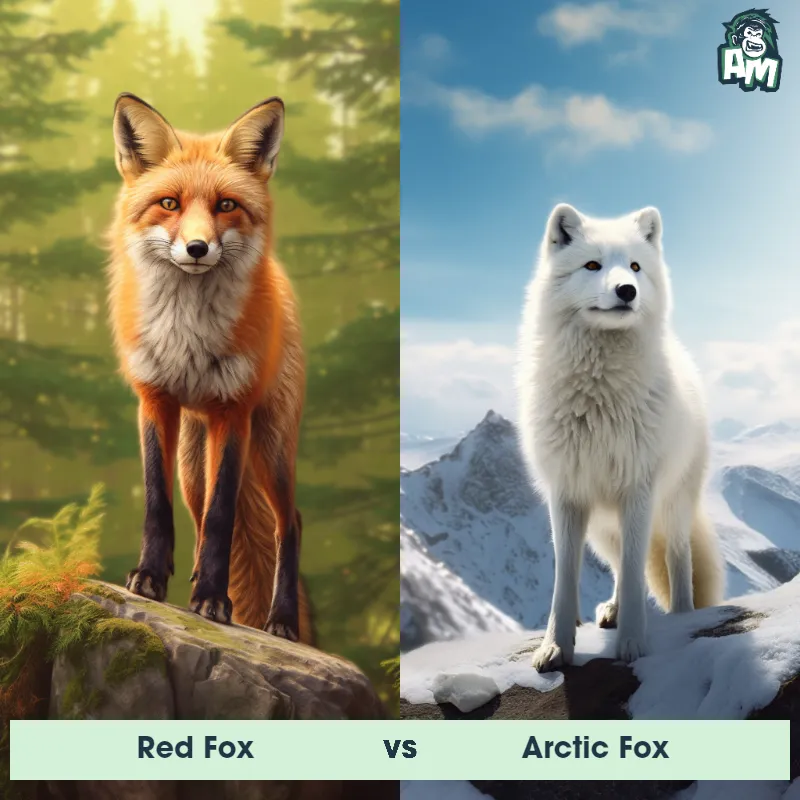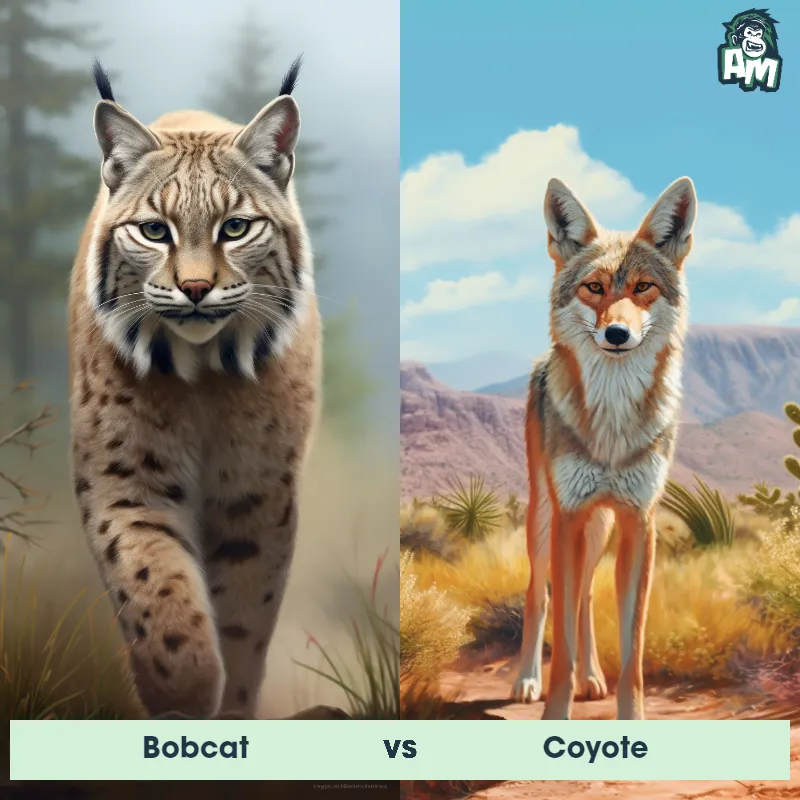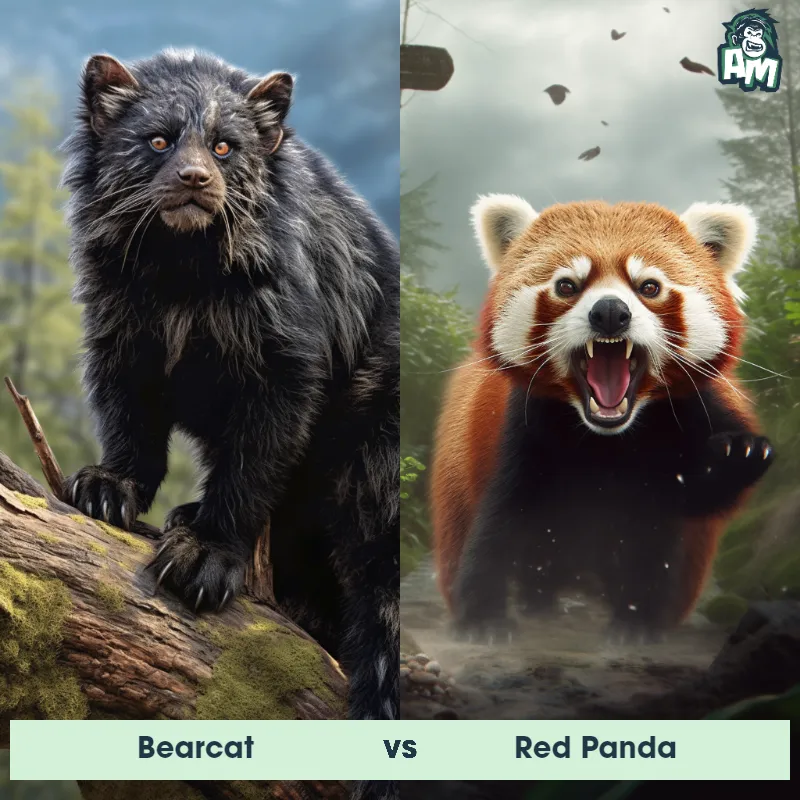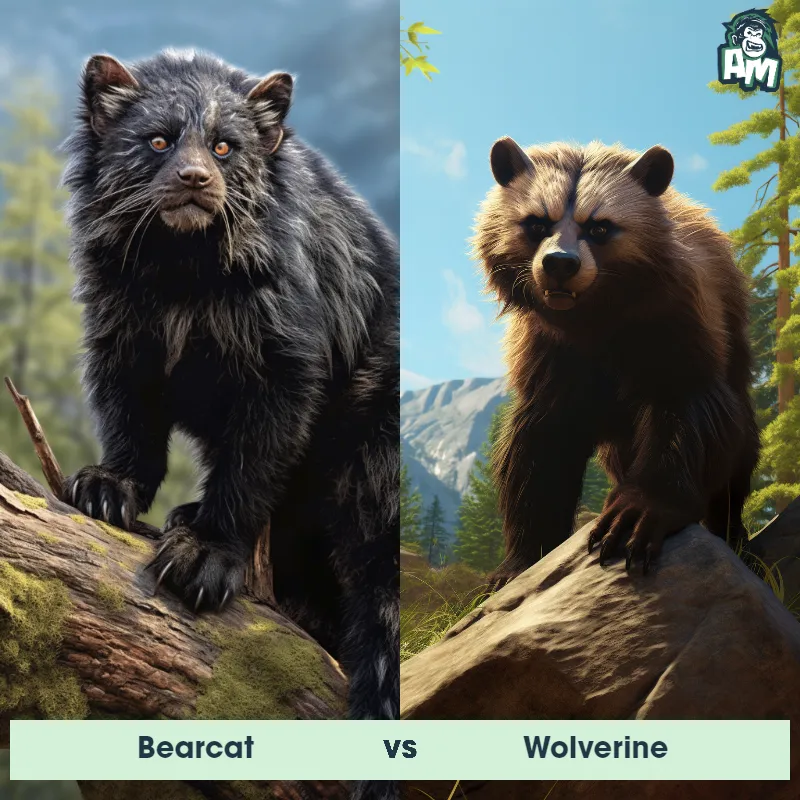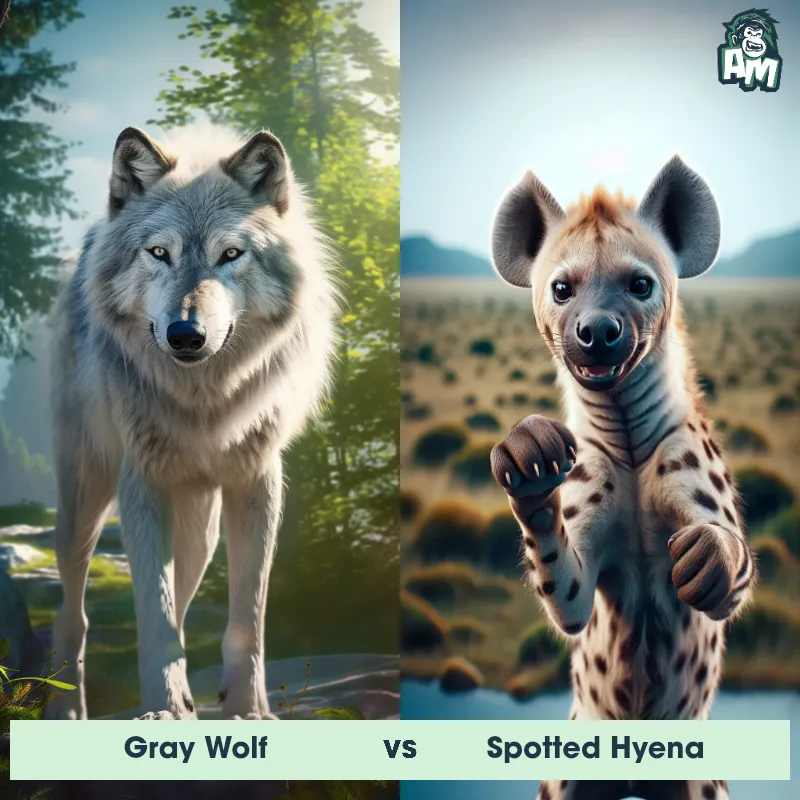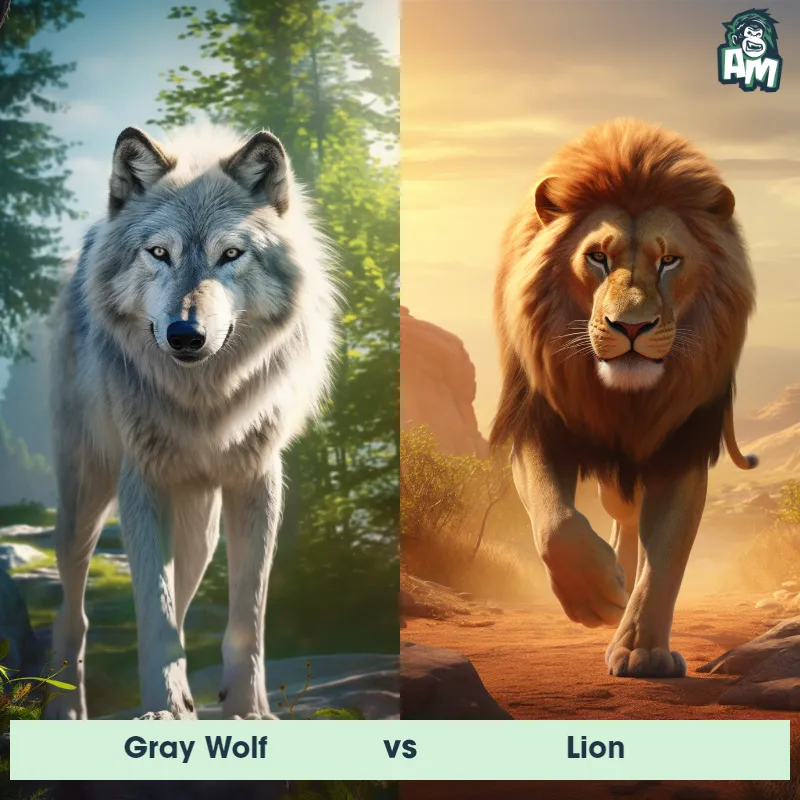Banded Palm Civet vs Red FoxSee Who Wins

Welcome, Ladies and Gentlemen, to this exciting matchup between the Banded Palm Civet and the Red Fox! Both animals are known for their agility and cunning. Let's see who will come out victorious in this three-round fight.
Contender 1: Banded Palm Civet
The Banded Palm Civet, also known as the Banded Civet, is a small mammal belonging to the family Viverridae. This elusive creature can be found in parts of Southeast Asia, including Malaysia, Sumatra, Borneo, and Thailand. The Banded Palm Civet has a slender body with a length of about 40 to 50 centimeters and a weight ranging from 2 to 4 kilograms. It is characterized by its long, bushy tail, prominent white bands stretching from its shoulders to the base of its tail, and a pointed snout. This nocturnal species primarily inhabits lowland forests and prefers to live in trees, where it is an adept climber. It has sharp claws and a prehensile tail that assists in its arboreal lifestyle. The Banded Palm Civet is an omnivore that feeds on a variety of food, including fruit, nectar, insects, small mammals, and birds. It is primarily solitary and is known for its ability to emit musky odor as a defensive mechanism.
Fun Fact: The Banded Palm Civet possesses a unique adaptation in its dental structure – it does not have lower incisors, instead, it has a large gap known as a diastema between its lower premolars and canines, allowing room for the civet's enlarged canines to protrude even when the mouth is closed.
Contender 2: Red Fox
The Red Fox, also known as Vulpes vulpes, is a small to medium-sized mammal that belongs to the Canidae family. They have a distinctive reddish-orange fur coat, white underbelly, and black legs, ears, and nose. They have a bushy tail that is often tipped with white. Red Foxes are known for their intelligence, adaptability, and cunning nature. They are found in a variety of habitats, including forests, grasslands, and urban areas.
Fun Fact: Red Foxes are excellent hunters and can hear the sound of a mouse moving underground from 42 feet away.
Matchup Stats
| Banded Palm Civet | Red Fox | |
|---|---|---|
| Size | 40-50 centimeters (15.7-19.7 inches) | 14-20 inches (35-50 cm) at the shoulder |
| Weight | 2-4 kilograms (4.4-8.8 pounds) | 6.5-15 pounds (3-6.8 kg) |
| Speed | 14mph (23km/h) | Speed: 45 mph (72.4 km/hr) |
| Key Strength | Sharp claws and agile climber | Speed and agility |
| Biggest Weakness | Small size and non-aggressive nature | Lack of physical strength |
Current Votes
Banded Palm Civet vs Red Fox
See Who Wins
View More Matches
Looking For More?
Similar Matches
Scientific Stats
| Banded Palm Civet | Red Fox | |
|---|---|---|
| Scientific Name | Hemigalus derbyanus | Vulpes vulpes |
| Family | Viverridae | Canidae |
| Habitat | Lowland forests | Forests, grasslands, and urban areas |
| Geography | Southeast Asia (Malaysia, Sumatra, Borneo, Thailand) | North America, Europe, Asia, and Africa |
| Diet | Omnivore - Fruit, nectar, insects, small mammals, birds | Omnivorous, eats small mammals, birds, insects, fruits, and vegetables |
| Lifespan | 1 years - 2 years | 2 years - 5 years |
Key Differences between Banded Palm Civet and Red Fox
- Behavior: Red Foxes are known for their solitary nature, while Banded Palm Civets are often seen in pairs or small groups, and are known for their arboreal lifestyle.
- Size: The Red Fox is significantly larger than the Banded Palm Civet, with adults reaching around 11-14 kg, while the civet only reaches up to 3 kg.
- Range: Red Foxes have a widespread distribution across North America, Europe, Asia, and Africa, while Banded Palm Civets are found in Southeast Asia, specifically in Malaysia, Thailand, and Indonesia.
- Habitat: Red Foxes are found in a variety of habitats including forests, grasslands, and urban areas, whereas Banded Palm Civets primarily inhabit tropical forests and plantations.
- Diet: Red Foxes are omnivores, feeding on small mammals, birds, insects, and fruits, while Banded Palm Civets are primarily fruit and insect eaters.
- Color: The Red Fox is known for its reddish-orange fur, while the Banded Palm Civet has a greyish-brown fur with distinctive black bands across its body.



